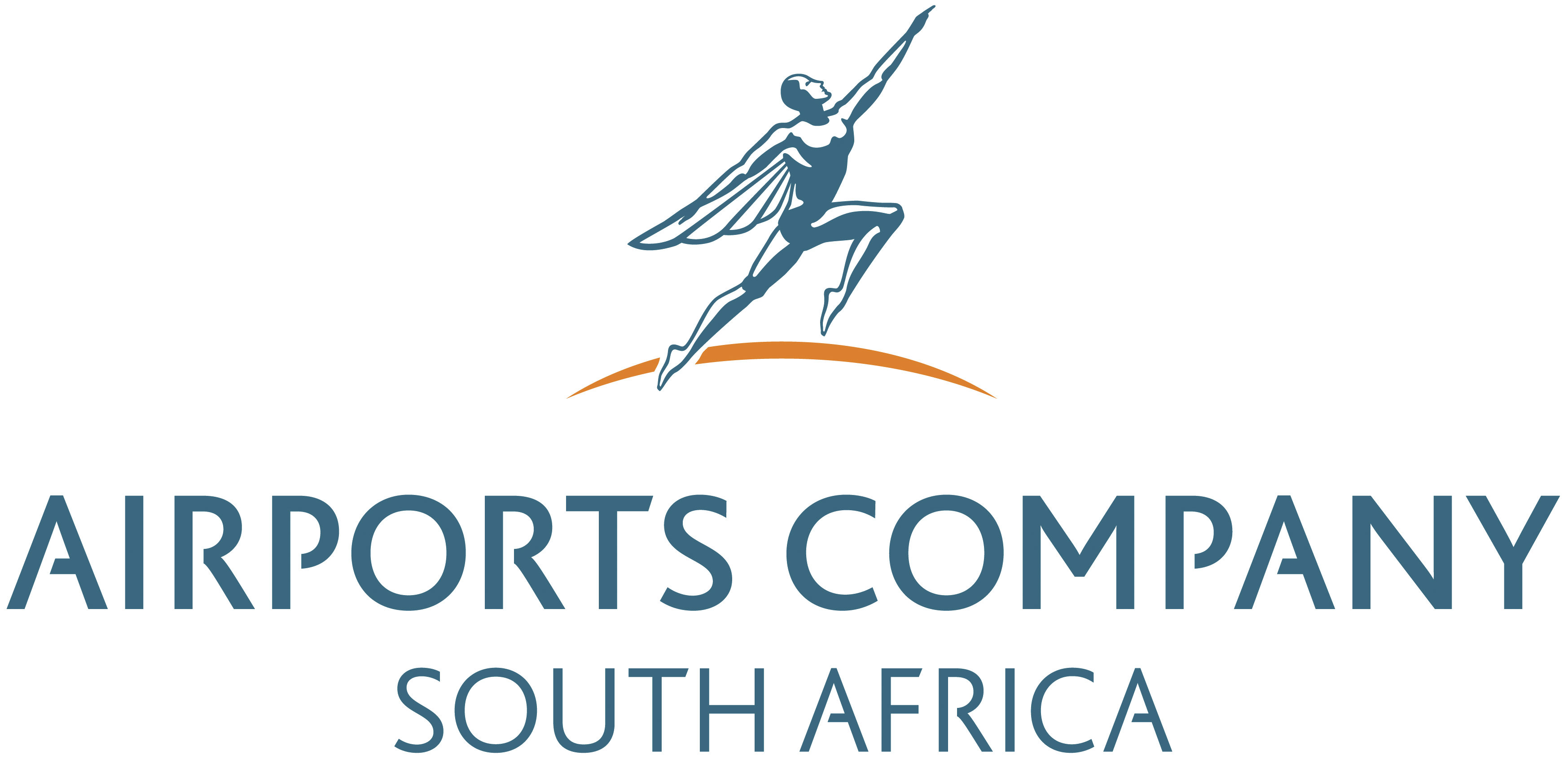
© Copyright 2023 ACSA
This section aims to give a thorough overview of how we do this as a prelude to the following section, in which we present a performance review for the reporting period. Here we examine the major environmental factors that impacted on our operations during the course of the reporting period and present factual information about our most significant risks, the ways in which we handle those risks and the ways in which we engage with our stakeholders.
As in the previous period, our operating environment continued to be defined by the impact of the pandemic during the first half of the year and this was exacerbated by further external shocks throughout the year. Until 22 June 2022, the country remained under a COVID-19 pandemic related state of disaster and, although restrictions were being eased following the roll-out of the national vaccination programme in 2021, recovery in passenger travel was slow, which naturally impacted on revenue.
Some of our infrastructure continued to be mothballed during the first two quarters of the year but, as threat levels were reduced, we were faced with the challenge of having to bring it back into service, often at short notice. Constrained by the drag on revenue resulting from the slow recovery in passenger travel and by the impact of the staff reduction programmes implemented in 2020 and 2021, this meant that previous service levels could not be immediately restored and, as aresult, some passengers were affected.
At global level, supply chains continued to be constrained and this situation worsened as the war in Ukraine intensified, as fuel and food supplies began to come under pressure, and as developed countries began to feel the economic impact of the sanctions they had imposed on Russia. The Rand also continued to be highly volatile, a situation that was only to become more marked after a sustained period of severe load-shedding was introduced in September 2022.
While South Africa’s economy had begun to recover in late 2021 and had reached pre-pandemic levels in the first quarter of 2021/22, the 2022/23 financial year proved to be much more challenging than anticipated. The knock-on effects of the war in Ukraine soon resulted in a cost-of-living crisis in all of the world’s mature economies; a crisis that South Africa could not escape.
As inflation rose in response to rapid increases in the prices of fuel, commodities and consumer goods, household budgets were affected and discretionary spending compromised. Locally, this had a direct impact on the uptick in “friends and family” travel, which had been spearheading ACSA’s recovery. This was further affected by the closure of the comair group in June, which reduced domestic seating capacity by 36%.
With this ongoing uncertainty, especially in travel and tourism, we continued to implement our recover and sustain strategy and, in particular, to focus on diversifying our business into areas of non-aeronautical revenue to secure long-term sustainability. The new operating model, developed in tandem with the strategy is being used to give form to this effort.
By year-end, we had managed to establish a solid recovery position, with total passenger traffic through our network having increased by 50% over the previous period, bringing recovery to 76% of pre-COVID-19 passenger throughput.
While we had not regained our pre-pandemic position, the business has managed to secure a firm recovery footing, which will give purchase to the implementation of our growth strategy and supporting strategies and plans during the 2023/24 and 2024/25 periods.
In terms of outlook, the IMF’s global baseline forecast is that growth will fall from 3.4% in 2022 to 2.8% in 2023 before settling at 3.0% in 2024. Mature economies are, however, expected to see an especially pronounced slowdown, with growth dropping from 2.7% in 2022 to 1.3% in 2023. Further, while headline inflation is set to fall, it is likely to decline slowly, with a return to target levels unlikely before 2025.
At home, higher domestic interest rates and inflation will continue to weaken consumer confidence and reduce discretionary expenditure. This will largely impact on the outbound South African air travel market and will make South Africa as a whole – excluding the Western Cape – a less attractive market for international airlines.
Within the aviation sector itself, capacity constraints within the domestic market have resulted in a flat recovery trajectory for that segment of the market. This is being offset by the fact that SAA’s resurgence, which has seen the airline resume several regional routes, continues to have a positive impact on the regional segment. Eswatini Air’s recent launch of flights into O.R. Tambo International is further supporting the recovery of this segment.
The inbound international market segment has also been on aconsistent grow trajectory since the IATA Northern Winterseason of 2022. New routes and route expansions are thelargest contributors influencing the recovery in theinternational market, with Cape Town International Airportbeing the largest beneficiary of the additional internationalcapacity. Airlines such as Air Belgium, Condor, United Airlines,Qatar, Emirates and South African Airways have all contributedconsiderably to the recovery of the international marketsegment.

© Copyright 2023 ACSA